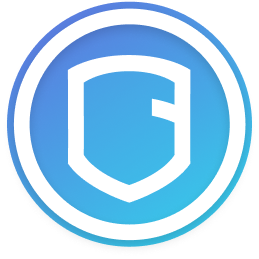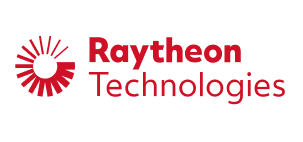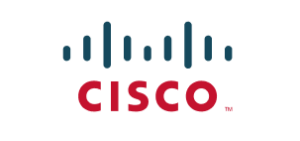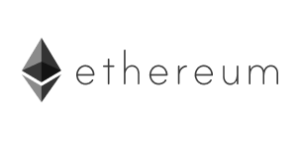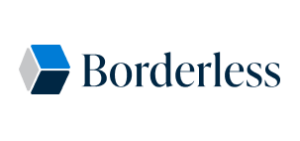A blockchain is a digital list like an “open book” of data records. Such a list is composed of many blocks of data. Each block is “chained” to the previous block in a sequence which are organized in chronological order and are linked and secured by cryptographic proofs.
Blockchain transactions occur within a peer-to-peer network of globally distributed computers (nodes). The block is sent to every computer node in the network. Authorized nodes verify the transaction and add the block to the existing blockchain. Before a new block can be added to the chain, its authenticity must be verified by a computational process called validation or consensus.The process is finished when the update is distributed across the network, which finalizes the transaction. Once a block has been added, it can be referenced in subsequent blocks, but it cannot be changed.
Each node contains a copy of the blockchain and contributes to the functioning and security of the network. Trust, accountability, transparency, and security are forged into the chain.
